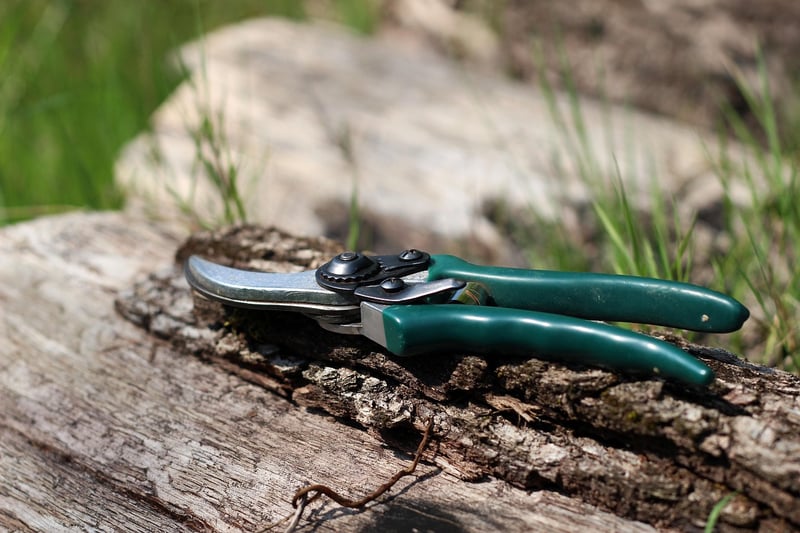Pruning Tips
Nurturing Your Plants: A Guide to Effective Plant Care
Plants can bring life, color, and beauty to any space, but to keep them thriving, it's essential to provide proper care and attention. Whether you are a seasoned gardener or just starting with houseplants, here are some tips to help you nurture your plants effectively and keep them healthy and vibrant.
1. Choose the Right Plant for Your Space
Before bringing a new plant home, consider the lighting conditions, temperature, and humidity levels of your space. Different plants have varying needs, so choose ones that will thrive in your environment.
2. Watering Wisely
Overwatering or underwatering can harm your plants. Check the soil moisture levels regularly and water your plants when the top inch of soil feels dry. Ensure proper drainage to prevent waterlogging.
3. Provide Adequate Light
Plants need light to photosynthesize and grow. Place your plants in locations where they can receive appropriate sunlight based on their specific requirements. Consider using grow lights for plants that need more light.
4. Fertilize Regularly
Give your plants the nutrients they need by fertilizing them regularly. Choose a fertilizer that suits the type of plants you have and follow the instructions for application to avoid overfertilizing.
5. Pruning Tips for Healthy Growth
Pruning is essential for maintaining the health and appearance of your plants. Here are some pruning tips to help your plants thrive:
- Remove dead or yellowing leaves to encourage new growth.
- Trim overgrown branches to promote a bushier and healthier plant.
- Prune after flowering to shape the plant and encourage future blooms.
6. Monitor for Pests and Diseases
Keep an eye out for any signs of pests or diseases on your plants. Early detection is key to preventing infestations or the spread of diseases. Treat any issues promptly with appropriate remedies.
7. Rotate Your Plants
Rotate your plants occasionally to ensure all parts receive equal sunlight and growth is balanced. This practice also helps prevent your plants from leaning towards the light source.
Conclusion
By following these tips and giving your plants the care they need, you can create a thriving indoor or outdoor garden that brings joy and beauty to your surroundings. Remember that each plant is unique, so observe and adjust your care routine based on individual plant requirements.
Happy gardening!

Image Source: Pixabay
